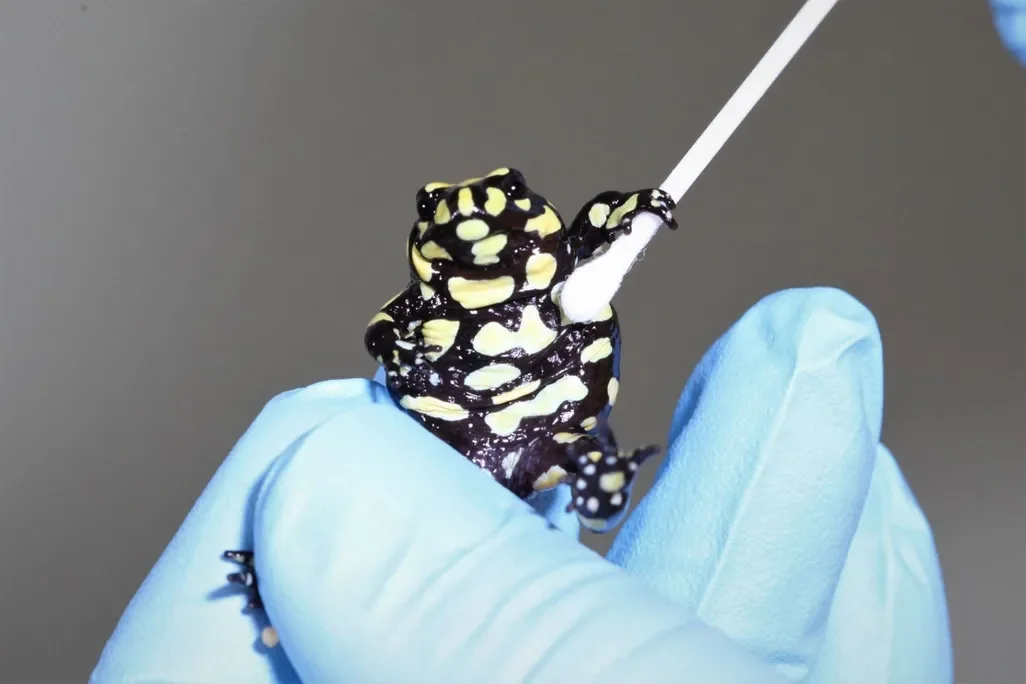
Mapping The Future: Genetic Breakthroughs for Australia’s Endangered Southern Corroboree Frog
The plight of the Southern Corroboree Frog is alarming yet heroic as scientists strive to save this emblematic species from the brink of extinction. With less than 50 individuals left in the wild, conservationists are turning to groundbreaking genetic research that promises hope for this unique Australian amphibian.
Named for its striking yellow and black markings, the Southern Corroboree Frog has become a symbol of biodiversity loss due to a deadly disease caused by the chytrid fungus. This tiny, charismatic creature has faced drastic declines since the 1980s, with its presence now largely reliant on captive breeding programs.

Recently, researchers from the University of Melbourne accomplished an extraordinary feat—sequencing the complete genome of the Southern Corroboree Frog for the first time. Tiffany Kosch, a lead author of the study, expressed her excitement, stating, “Seeing the first assembled genome data was an incredible moment for me—after years of effort, we finally had a complete genetic blueprint of this iconic species.” The results, published in Wellcome Open Research, reveal that these frogs possess genomes over three times larger than that of humans, with more than 80% of it consisting of non-coding DNA.
This genetic map is not just scientific curiosity; it is a vital tool in combating extinction. By understanding which genes confer resistance to the chytrid fungus, researchers hope to employ selective breeding techniques to produce frogs that can not only survive but thrive in their natural habitats. As Kosch emphasizes, "Mapping the genome is the critical first step in our ultimate goal to restore this unique and visually striking species to its natural place in the ecosystem."
The study’s significance extends beyond the Southern Corroboree Frog. It lays the groundwork for conservation strategies aimed at other amphibians similarly threatened by disease and climate change. The Integrated efforts of the Vertebrate Genomes Project and the New South Wales Department of Climate Change, Energy, the Environment and Water have paved the way for possible genomic insights into more resilient species.
As we observe unprecedented biodiversity loss on a global scale, the story of the Southern Corroboree Frog delivers a poignant message about resilience, innovation, and the urgent need for conservation funding. "The species is, in some ways, a symbol of the twin crises that we’re facing as a globe, of climate change and biodiversity loss," remarked Nicki Mitchell, a zoologist not involved with the study.
While the future of the Southern Corroboree Frog remains uncertain, its genetic mapping marks a hopeful turning point. This groundbreaking research could help slow the decline of not only this species but potentially others under threat. We invite you to share your thoughts on how we can further support conservation efforts for endangered species in the comments below.